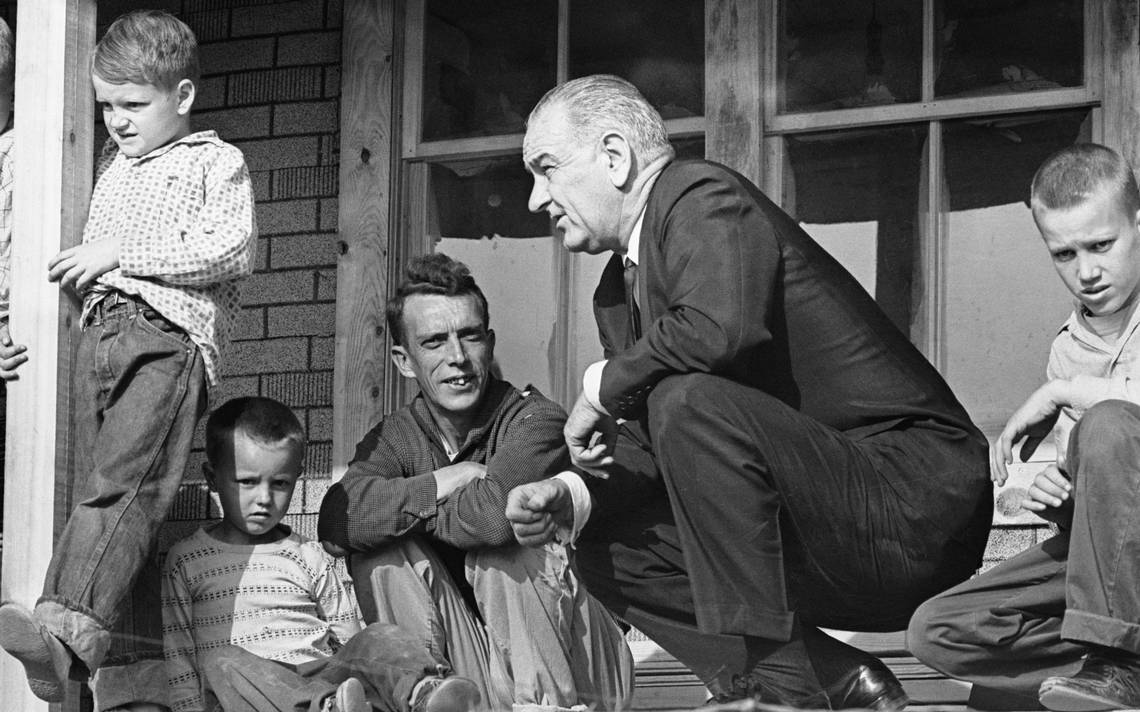Community Action History
President Lyndon Johnson visits a family living in poverty in 1964. Photo by Walter Bennett/Time & Life Pictures/Getty Images
In the United States and its territories, Community Action Agencies (CAA) are local private and public non-profit organizations that carry out the Community Action Program (CAP), which was founded by the 1964 Economic Opportunity Act to fight poverty by empowering the poor as part of the War on Poverty.
CAAs are intended to promote self-sufficiency, and they depend heavily on volunteer work, especially from the low-income community. The Community Services Block Grant (CSBG) is the agencies' core federal funding. Agencies also operate a variety of grants that come from federal, state and local sources. These grants vary widely among agencies, although most CAAs operate Head Start programs, which focus on early child development. Other programs frequently administered by Community Action Agencies include Low-Income Home Energy Assistance (LIHEAP) utility grants and Weatherization Assistance Program (WAP) funded through the U.S. Department of Energy (DOE).
Each CAA is governed by a board of directors consisting of at least one-third low-income community members, one-third public officials, and up to one-third private sector leaders. This board structure is defined by federal statute and is known as a tripartite board.
There are currently over 1,000 CAAs, engaged in a broad range of activities; typical activities include promoting citizen participation, providing utility bill assistance and home weatherization for low-income individuals, administration of Head Start pre-school programs, job training, operating food pantries, and coordinating community initiatives.
You can learn more by downloading this free book: A History of Community Action by Jim Masters.

